
1 Material and Method
1.1 Material and main equipment
◆ Greens vegetable, Chinese cabbage; celery, Jinnan district celery(fresh and free of pests)
◆Tissue blender
◆Vacuum Drying Oven
◆Hot Air Circulation Drying Oven
1.2 Testing method
1.2.1 Technological process
In this research, two different technology processes chosen are:
Processing technology I: choosing material→cleaning→blanching→pulping→drying→grinding→packing
Processing technology II: choosing material→cleaning→blanching→cutting→drying→grinding→packing
1.2.2 Operation notes
(1) Choose material
Select the fresh cabbage and celery whose surface is no damage.
(2) Cleaning
Remove yellowed stems and leaves, put them in disinfectant and then wash them with clean water.
(3)Blanching
Put clean vegetables into boiled distilled water for 10-15 seconds.
(4) Pulping/Cutting
Pour a certain amount of distilled water into the vegetable pulping machine and then put the vegetable into the machine for pulping, 120 seconds each time and repeat that process for 3-5 times, until the material gets totally pulped. Then cut the pulped vegetable into the same size, the length and width are 2-3mm.
(5) Drying
Dehydrate the material until the moisture content is less than 6%.
(6) Grinding
After grinding, the powder should be quickly sealed for preservation to avoid it
becomes damp.
A preliminary experiment showed that, when adopting the spray drying method for vegetable puree dehydration, the nozzle of the spray drying machine is easily blocked because of high content of vegetable cellulose. Therefore the spray drying method is not suitable for making vegetable powder. The freeze-drying can keep vegetable powder a bright color and quality, but it takes longer time and costs highly.
In this experiment vacuum drying and hot-air drying are tested.
2. Result and Discussion
2.1 Influence of drying method on vegetable powder
Research the drying time needed respectively by using a vacuum drying method and hot air drying method under the same temperature of 60℃ until the material’s moisture content is less than 5%.
Hot-air drying method takes less time than vacuum drying when drying 4 couples of samples. Comparing the dried samples, the color of the vacuum dried sample is lighter than that of a hot-air dried sample. Their stability of solubility has little difference except that the hot-air dried sample has a better color when dissolved in water. Hot-air drying has the advantage of easy operation, short drying time and low cost. However, a vacuum drying machine has higher investment and maintenance cost, longer drying time. Take all these factors into account, the hot-air drying method is the best drying method used in this experiment for vegetable powder production.
2.2 Influence of technological process on vegetable powder
In the processing technology I, when the temperature of hot-air drying is 60℃, it is distinctly shown that the greens and celery puree will be caking and stuck on the wall of the container, especially the celery puree will be caked with a fibrous structure which makes the following grinding process difficult. When pulping, the added water prolongs drying time and makes nutrients loss.
In the process technology II, when the temperature of hot-air drying is 60℃, the dried vegetable pieces can be easily processed into powder with a bright color. At the beginning of processing, divide the vegetable material into two pieces, then cut the stems and leaves into a smaller size of 2 or 3mm in width which enlarges the drying area of material, speeds up water evaporation and reduces drying time. The results prove that leaves’ drying time is shorter than that of stems because the latter has higher water content. Leaves powder also has a brighter color than stems powder, because the former has more chlorophyll. So in order to get a brighter color, it’s better to choose vegetable with large leaves for vegetable powder production and this also reduces drying time.
|
Category
|
Average Moisture Content %
|
|
Green leaves
|
90.96
|
|
Green stems
|
94.84
|
|
Celery leaves
|
89.53
|
|
Celery stems
|
94.45
|
2.3 Influence of hot-air drying temperature on vegetable powder
Research the drying time needed at different drying temperature to lower vegetable moisture content to 5%.
As the temperature rises, each material’s drying time reduces. For example, while the temperature rises from 40℃to 70℃, drying time of cabbage stem reduces from 24h to 3h, the drying time largely reduces. Therefore, in order to improve product quality and maximum profit, different parts of vegetables should be dried separately in the vegetable powder processing industry.
From the below chart, when the drying temperature is 50℃ or 60℃, the sample has a light color. Drying at 70℃, the sample’s color becomes darkest and the leafy powder is even in brown, the reason is that high temperature leads to enzymatic browning, oxidative browning, and pigment decomposition. Drying in 40℃, the sample’s color becomes dark, too. Especially the greens leave powder which is in brownish green, it’s because the low drying temperature prolongs drying time and the pigment is influenced much more strongly by hot-air. Greens leave dried at the temperature of 50℃ and green leaves dried at the temperature of 60℃ has similar bright color.
|
Drying Temperature ℃
|
Green leaves
|
Green stems
|
Celery leaves
|
Celery stems
|
|
40
|
+++
|
+++
|
++
|
++
|
|
50
|
++
|
+
|
+
|
+
|
|
60
|
+
|
+
|
+
|
+
|
|
70
|
++++
|
++
|
+++
|
+++
|
|
Note: “+” refers to the degree of color depth, the more “+”, the darker the color
|
||||
Sift samples which are dried in different temperature through a screen of 120 meshes, and then test their water solubility. Results show that all samples are dispersed in water at the beginning, the samples layer occurs after 30 minutes’ standing.
Vegetable powder made from vegetable dried at the temperature of 60℃ has better color and reabsorbing capability than those made from vegetable dried at other temperatures. Add vegetable powders into the water and after 15 minutes’ standing, the liquid layer of vegetable powder made from vegetable dried at 70℃ occurs firstly; The liquid layer of vegetable powder made from vegetable dried at 40℃ occurs earlier than that made from vegetable dried at 50℃.
2.4 Influence of vegetable powder size on the stability of reconstituability
The more meshes of a screen, the more evenly particles disperse when screened vegetable powders are dissolved in water and the better solubility. For example, there are particles distinctly floated when the powders screened by an 80 meshes screen disperse in water. Whereas vegetable powders screened by a 120 meshes screen do not have such phenomenon and its liquid has a dark green color. In picture 5 (b), after standing, the longer the particles’ diameter, the earlier liquid layer occurs. For example, the liquid layer of vegetable powder screened by the screen of more than 80 meshes occurs after 4 minutes’ standing; whereas a liquid layer of vegetable powder screened by the screen of fewer than 120 meshes occurs after more than 30 minutes’ standing. And the earlier liquid layer occurs, the lighter its upper liquid is. The reasons for layer occurring is that parts of the materials lose too much water when vegetables are dried at a high temperature( 60℃). High temperature denatures the proteins of vegetable powder; and some water-soluble components such as sugar transfers out with water molecule, which results in the crust on the material’s surface. Therefore these parts of material cannot be ground evenly and have the bad reabsorbing capability, when put them into the water, floating, suspension or precipitation occurs.
3. Conclusion
In a comparison of drying time needed by vacuum drying and hot air drying and vegetable powder quality, hot-air drying is more suitable for processing relatively cheap powders. Because its drying time is relatively short, finished vegetable powders have a brighter color and better reconstituability, its easy to operate for industrialized vegetable powder production, and has low investment&maintenance costs.
Vegetables are often pulped before drying in the literature. However, when pulping, the added water prolongs drying time and makes nutrients losses. This experiment shows that when vegetable samples are firstly cut into pieces of 2 or 3mm, drying and then grinding, which can reduce drying time and keep product nutrients, and the best condition to process bright color powders with good stability and reconstituability is to dry vegetables at the temperature of 60℃ and the diameter of finished vegetable powders is less than 0.125μm.


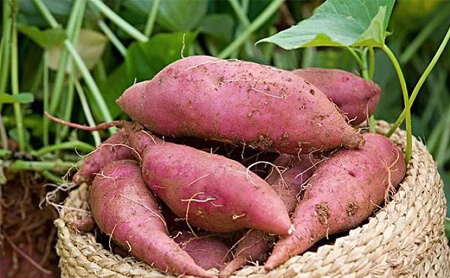

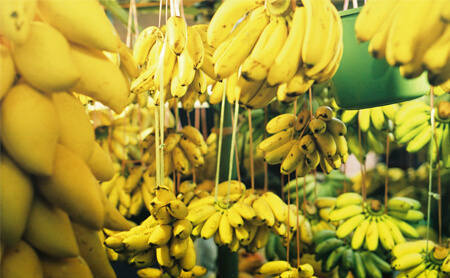









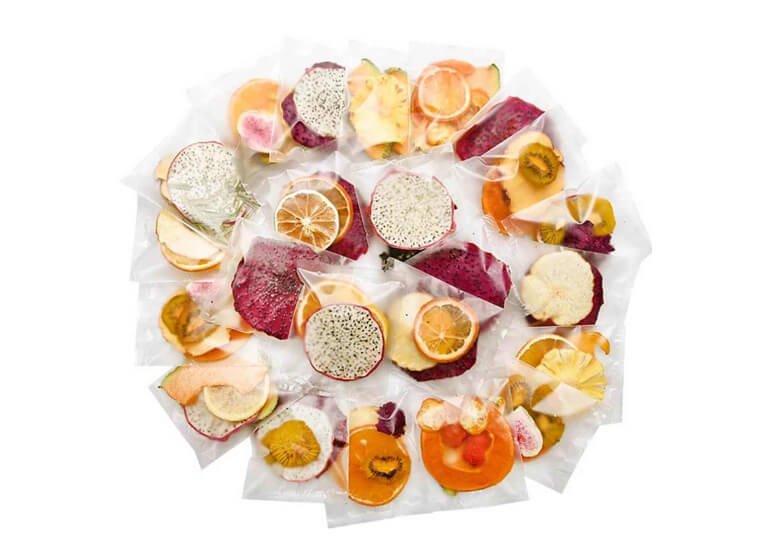


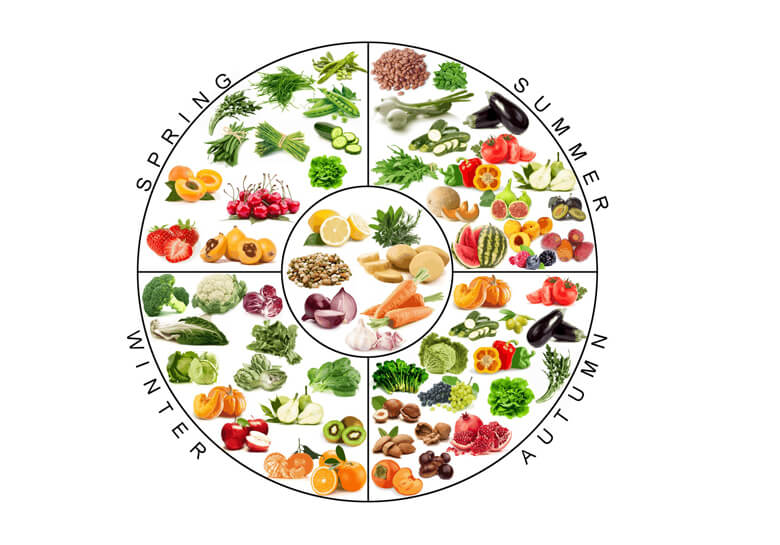

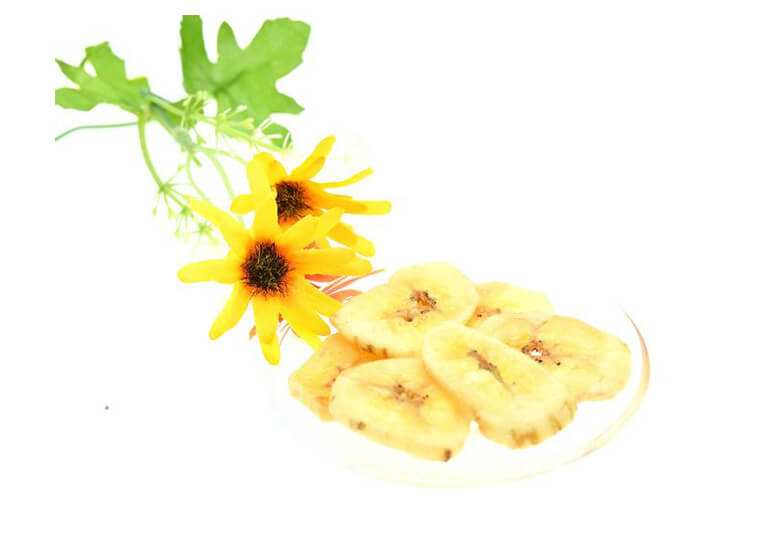
Leave A Comment